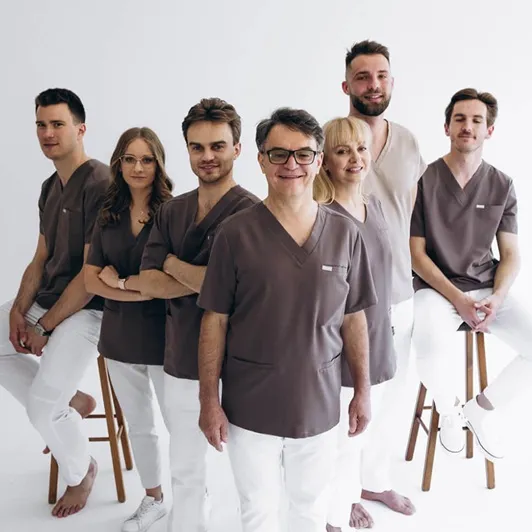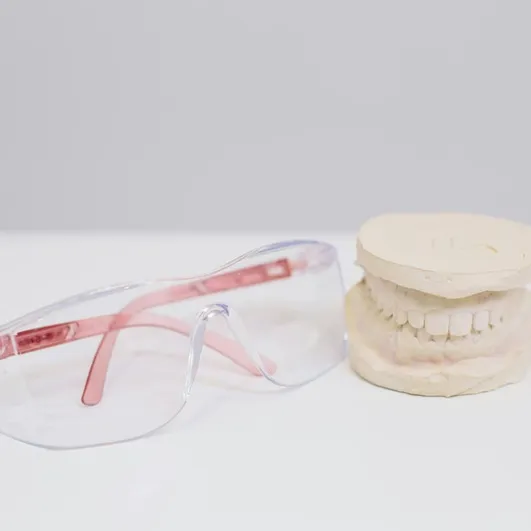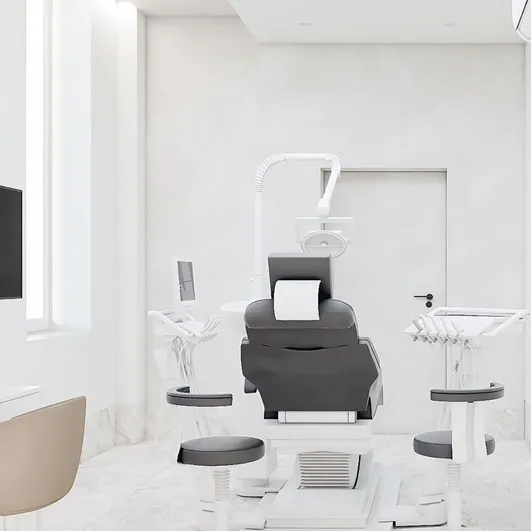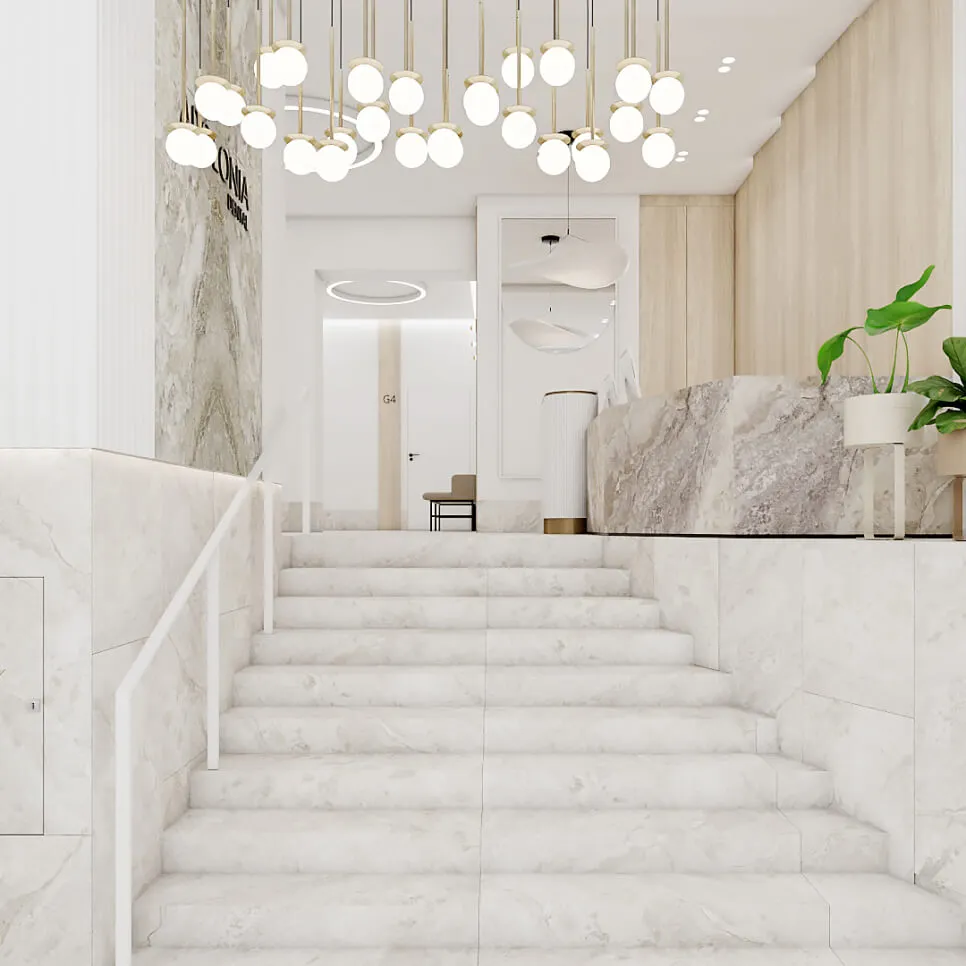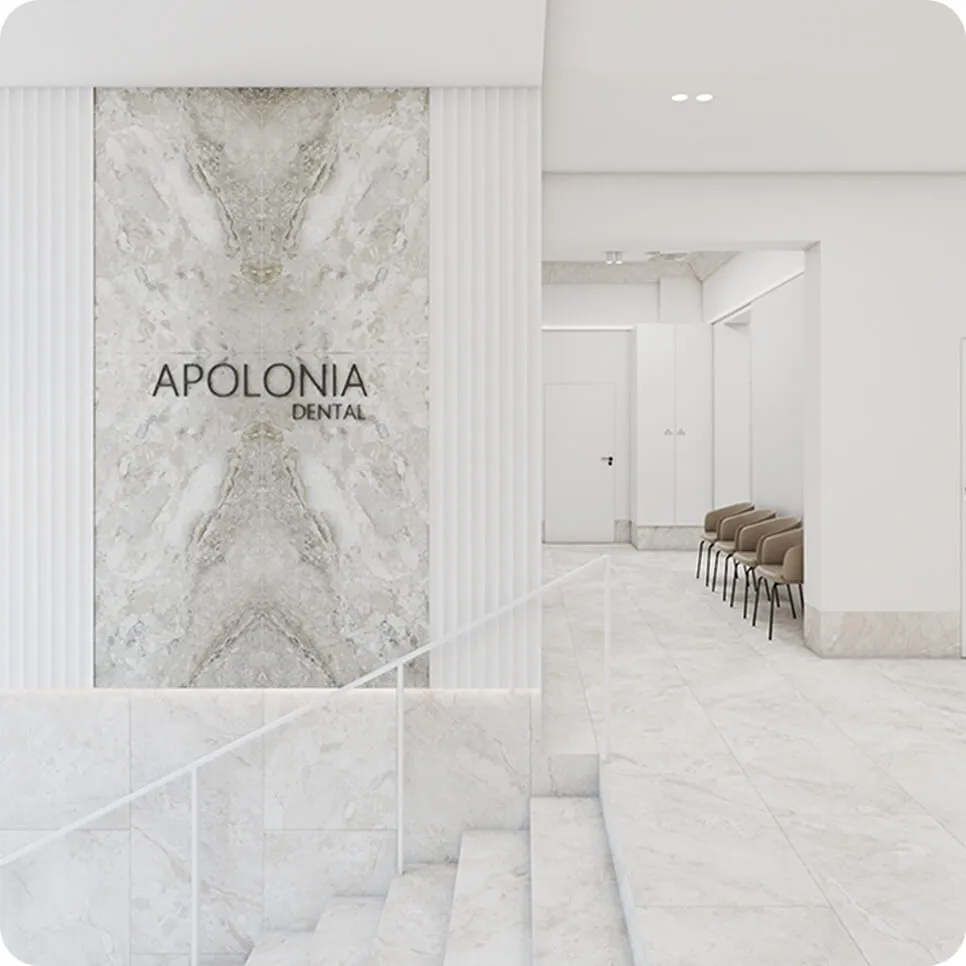The installation of a porcelain crown is worth considering when the tooth is severely damaged by caries, trauma or fracture and cannot be rebuilt with a regular filling. The porcelain crown provides durability and aesthetics, protecting the tooth from further damage and restoring its function.
Another situation is the need to strengthen the tooth after root canal treatment. After such treatment, the tooth becomes weakened and prone to fractures, so a porcelain crown can effectively protect it, prolonging its service life and functionality.
Porcelain crowns are also ideal for patients who have discolored, distorted or unsightly teeth. Thanks to the high transparency and natural appearance of porcelain, these crowns can greatly improve the aesthetics of the smile.
It is also worth considering a porcelain crown when the teeth are heavily rubbed by bruxism (teeth grinding) or other factors. The crown will help restore their shape and function, protecting them from further wear.
A porcelain crown may be necessary to restore the bite after the loss of several teeth. In such a situation, crowns can help stabilize the bite and improve chewing function, which is crucial for oral health.
Teeth used as pillars of a prosthetic bridge often require additional reinforcement. Porcelain crowns can provide the necessary protection and durability, allowing the bridge to function properly.
Finally, teeth weakened due to large fillings can be effectively protected with a porcelain crown. Due to its strength and natural appearance, the porcelain crown is an excellent solution for teeth that require additional protection and strengthening.















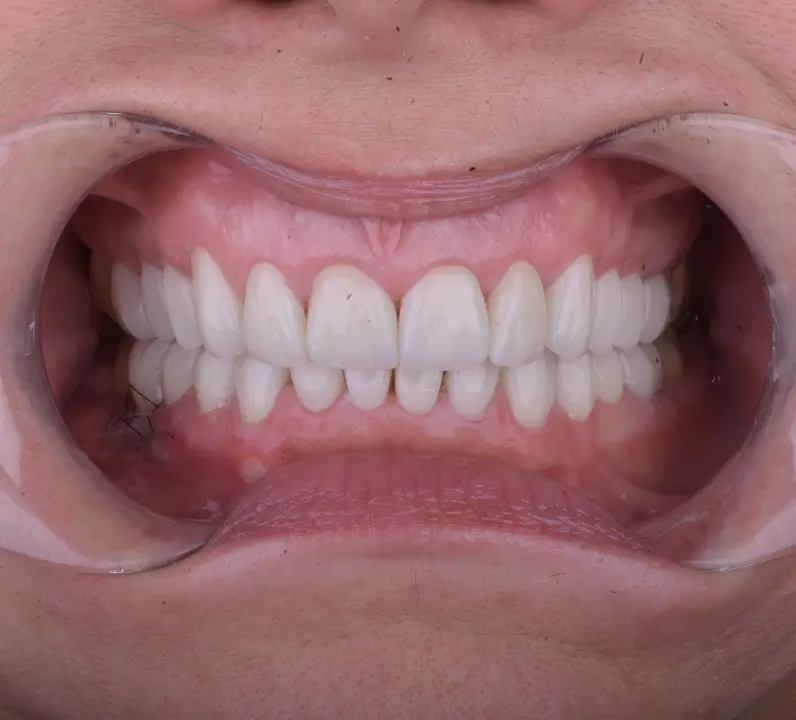


.webp)
.webp)


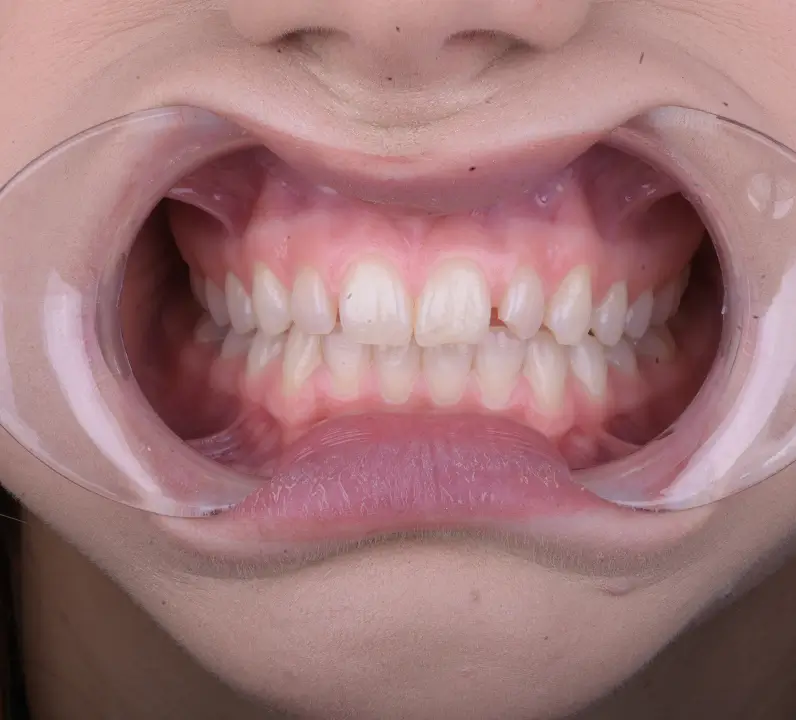
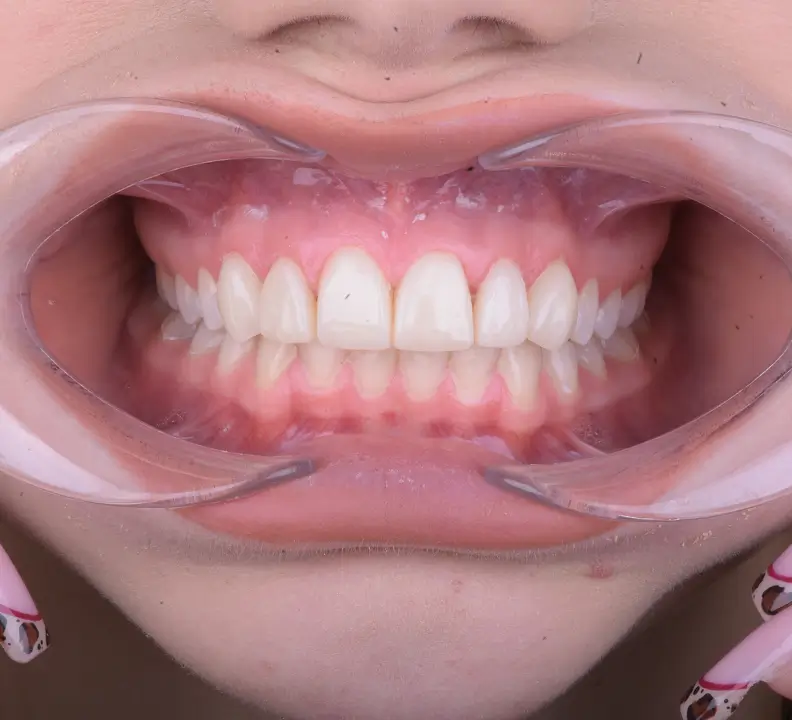


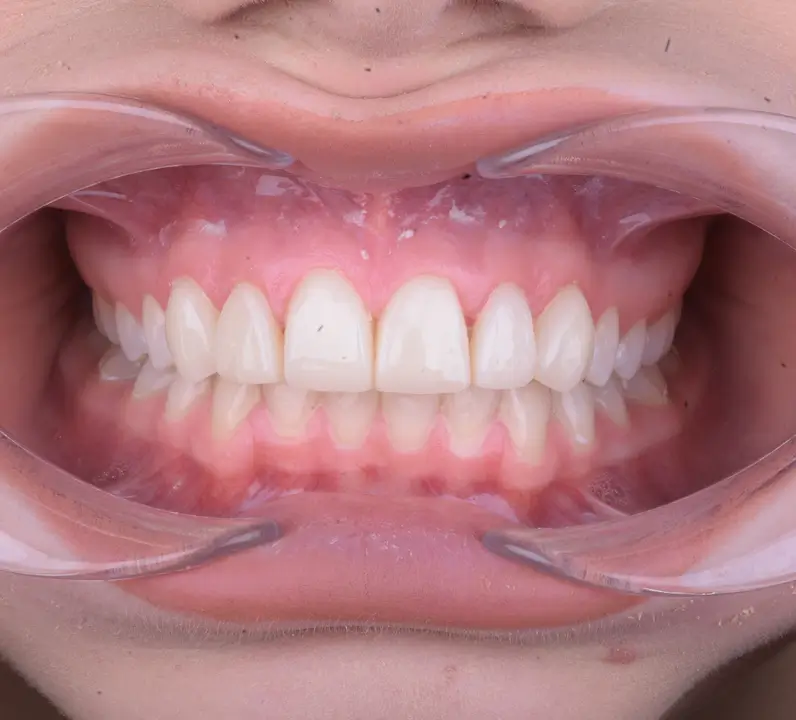
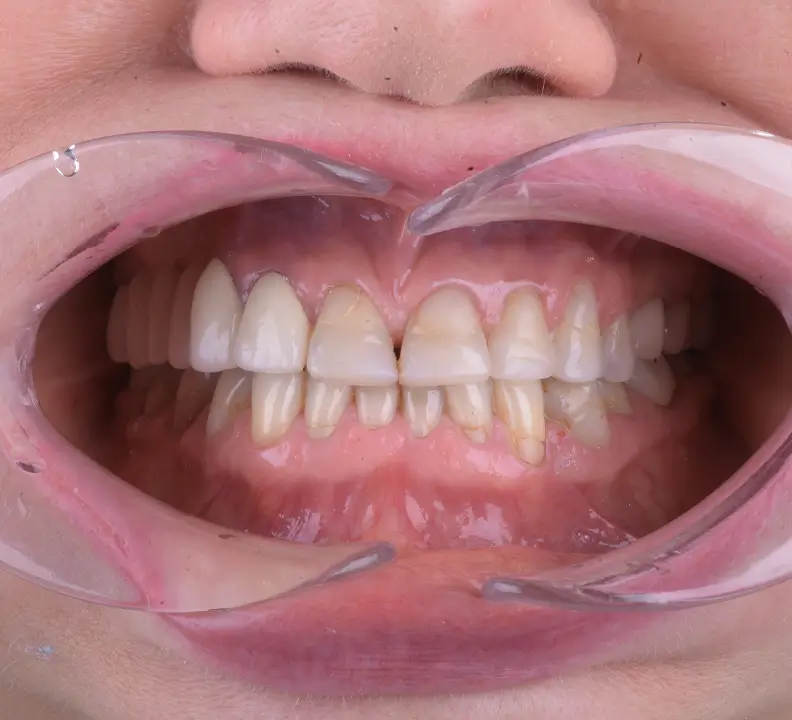
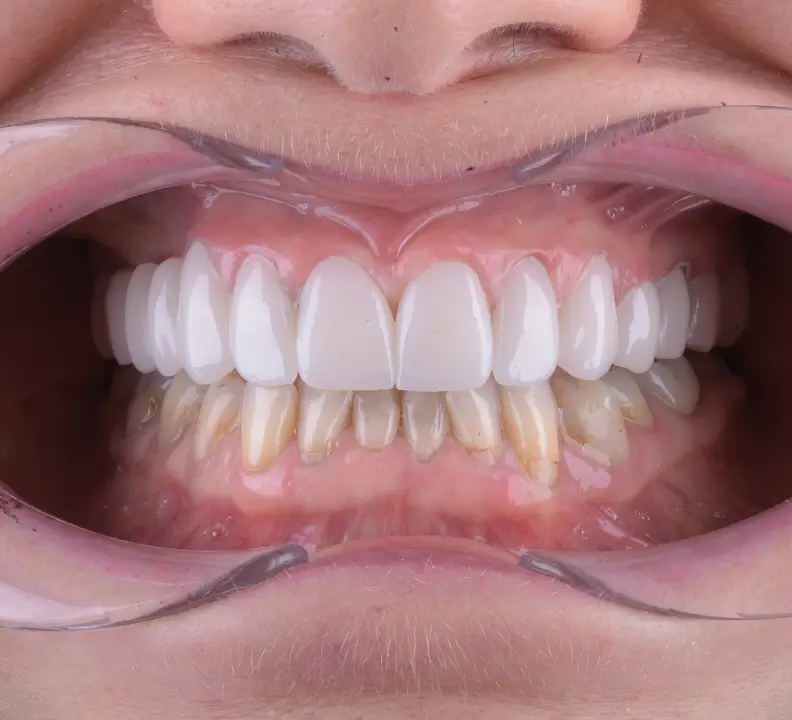

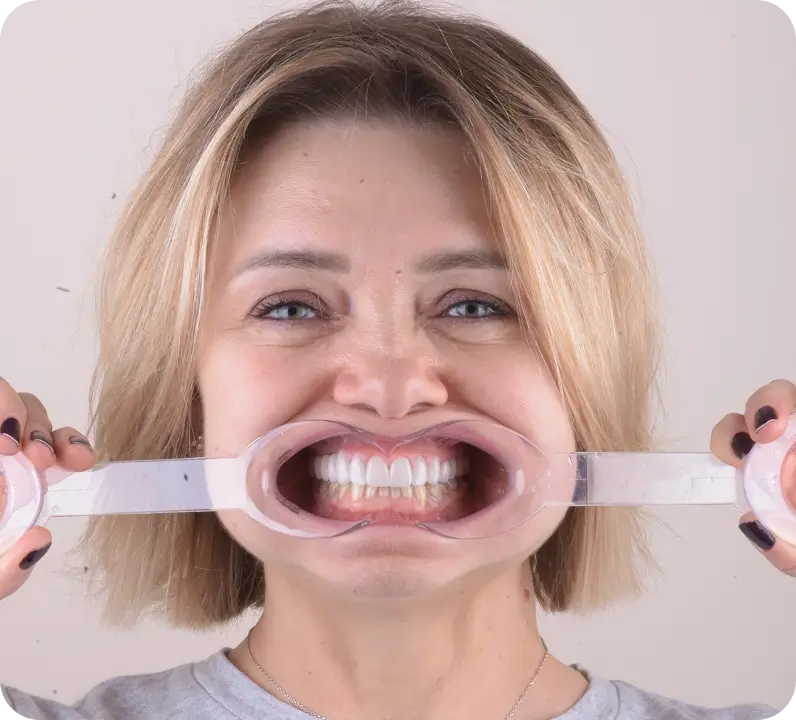
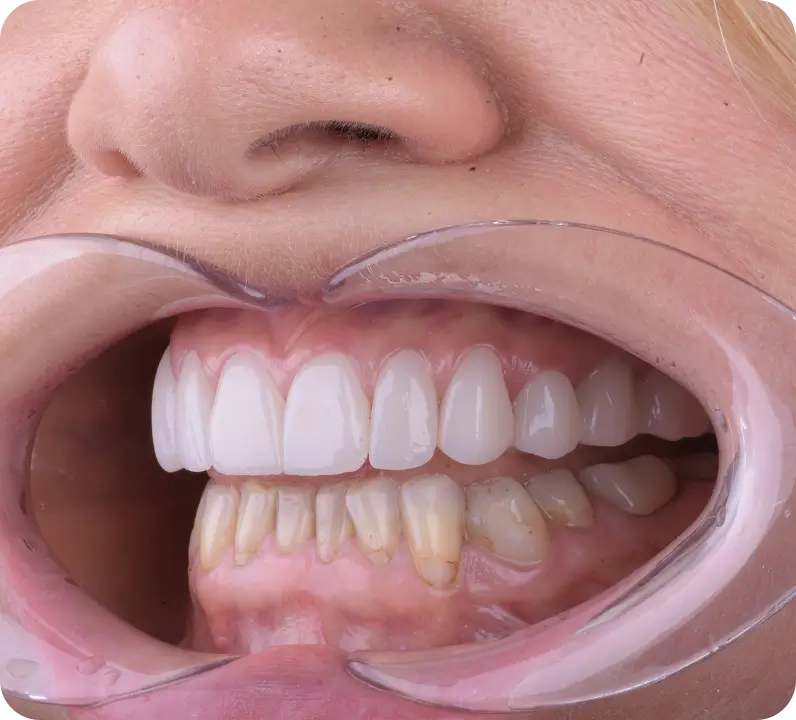
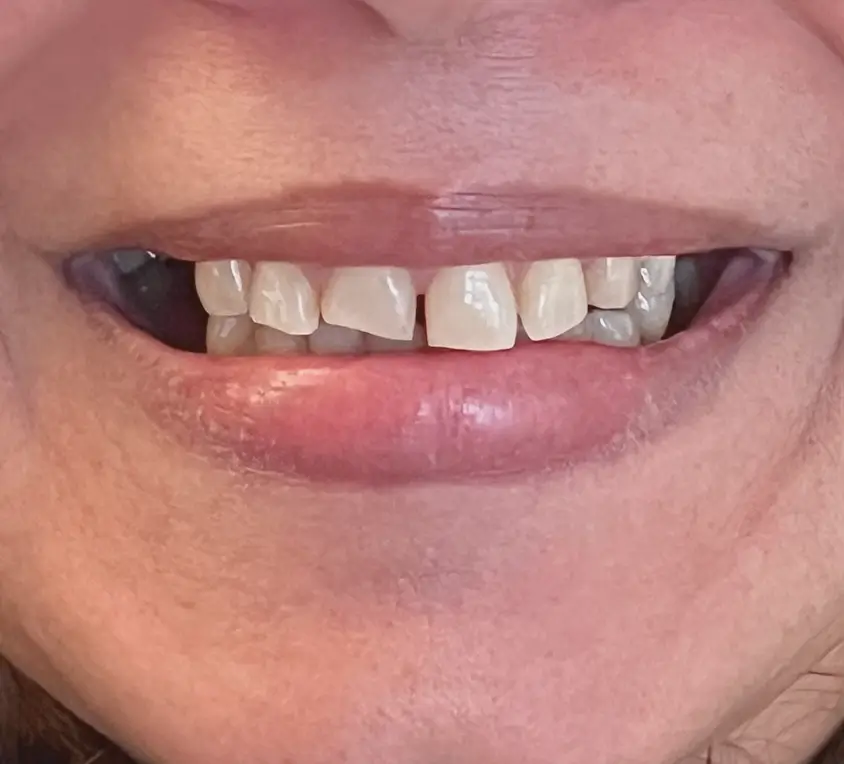
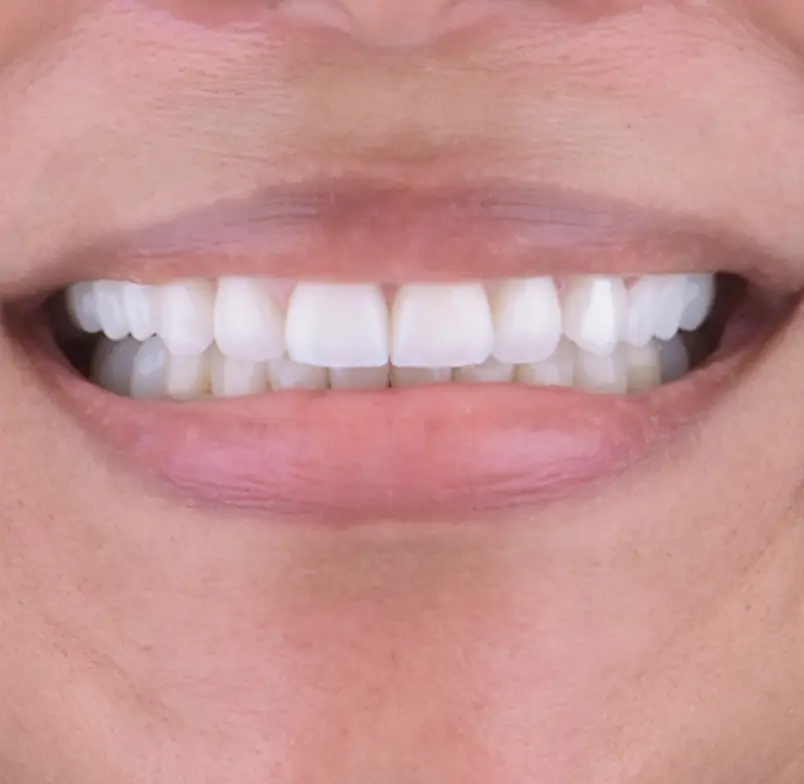

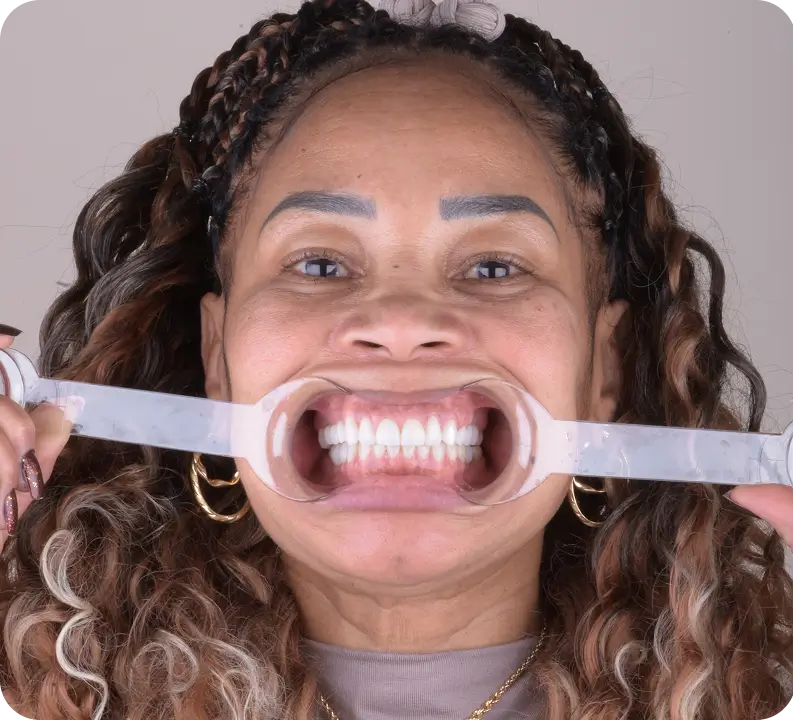
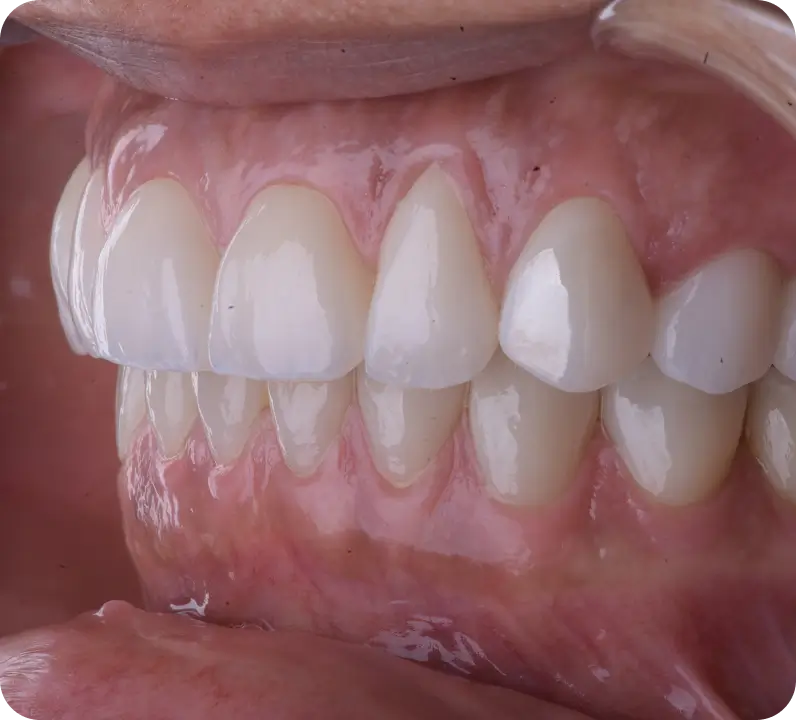
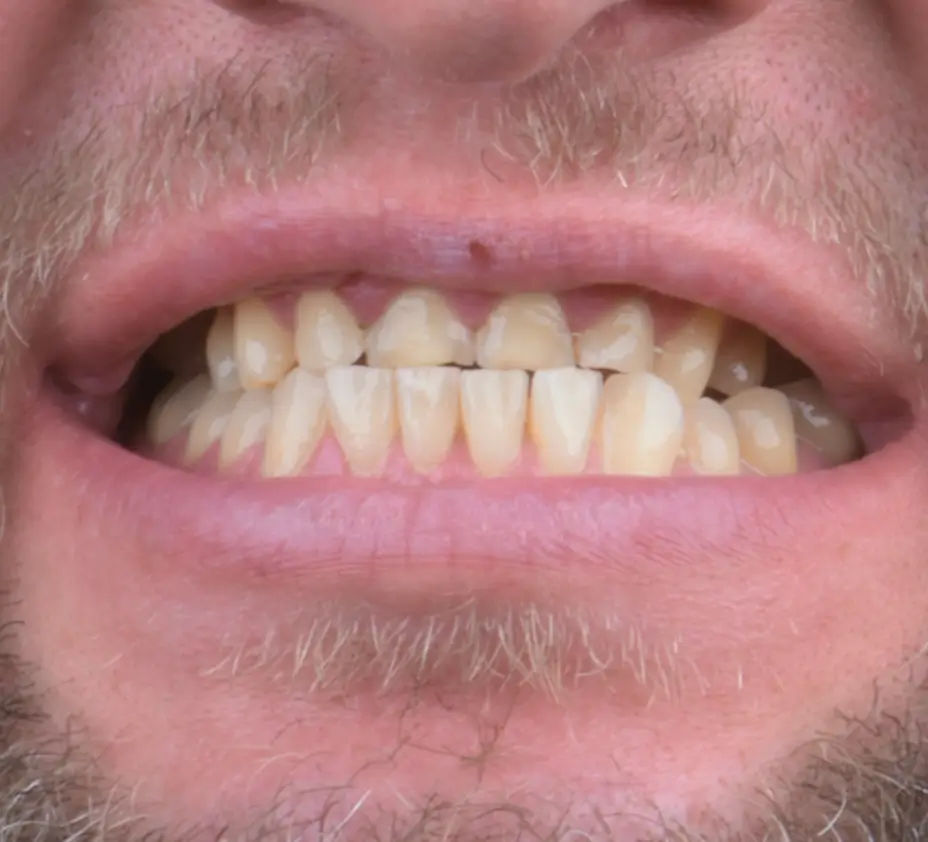


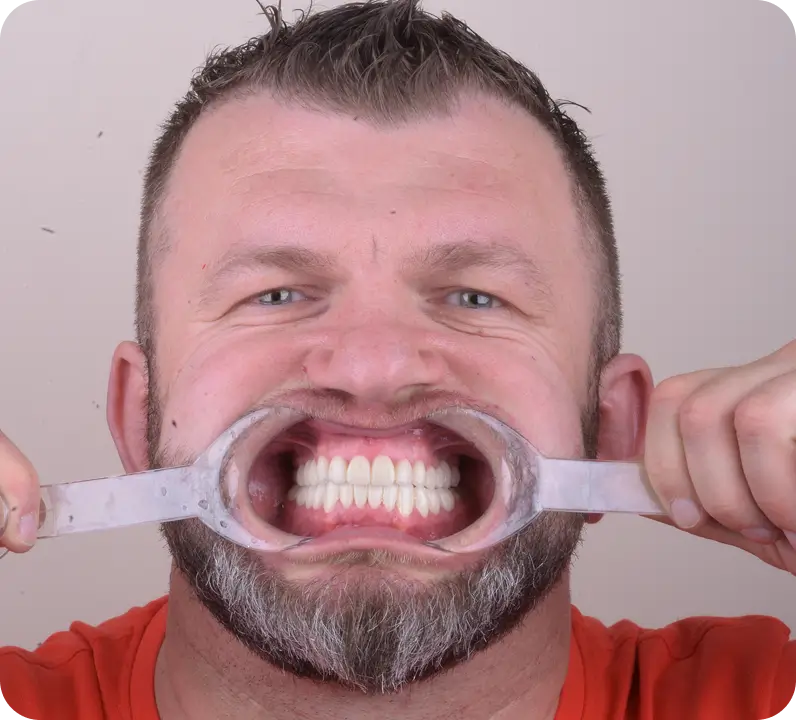

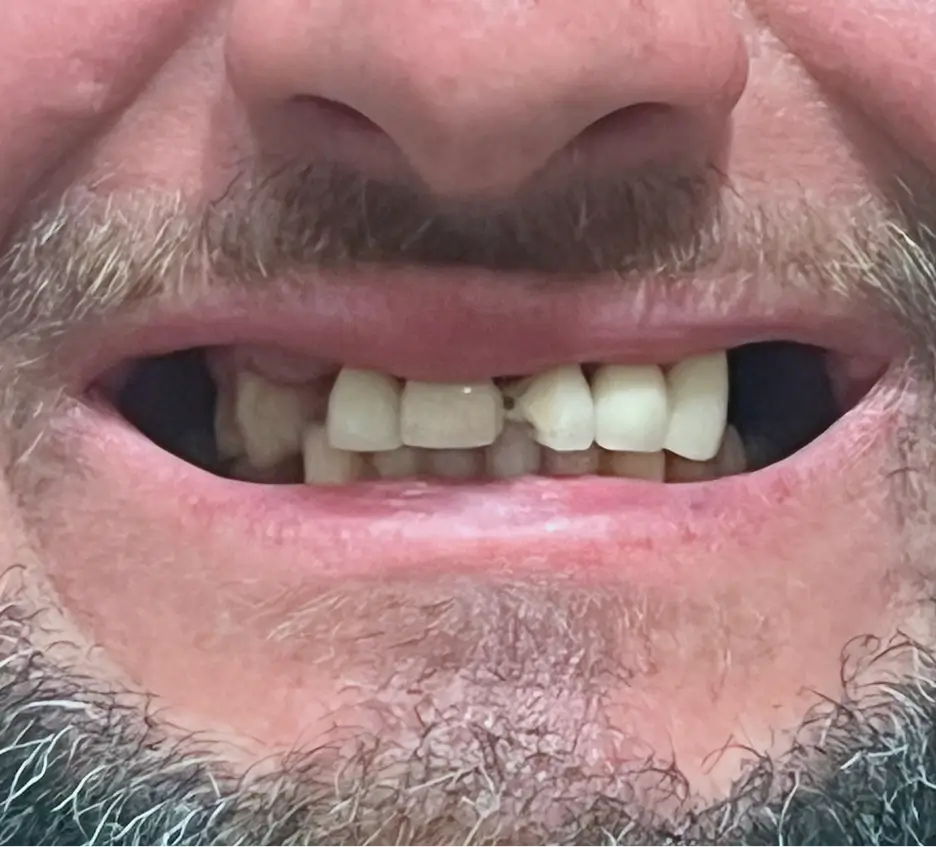
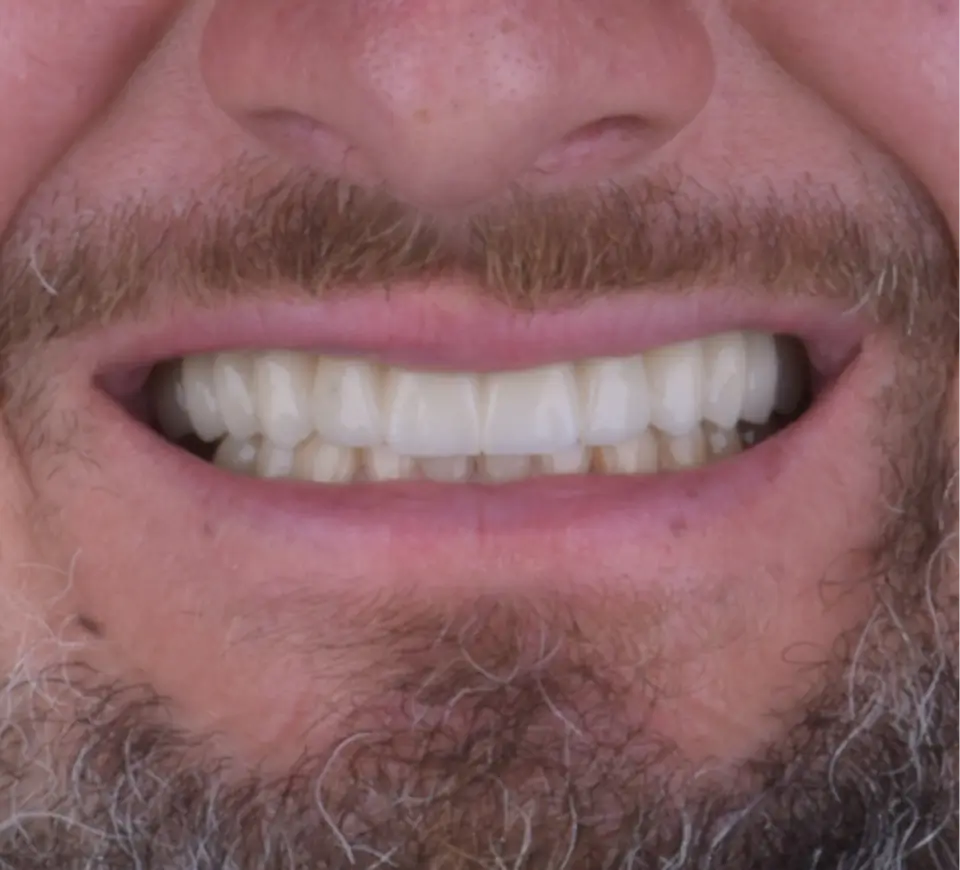

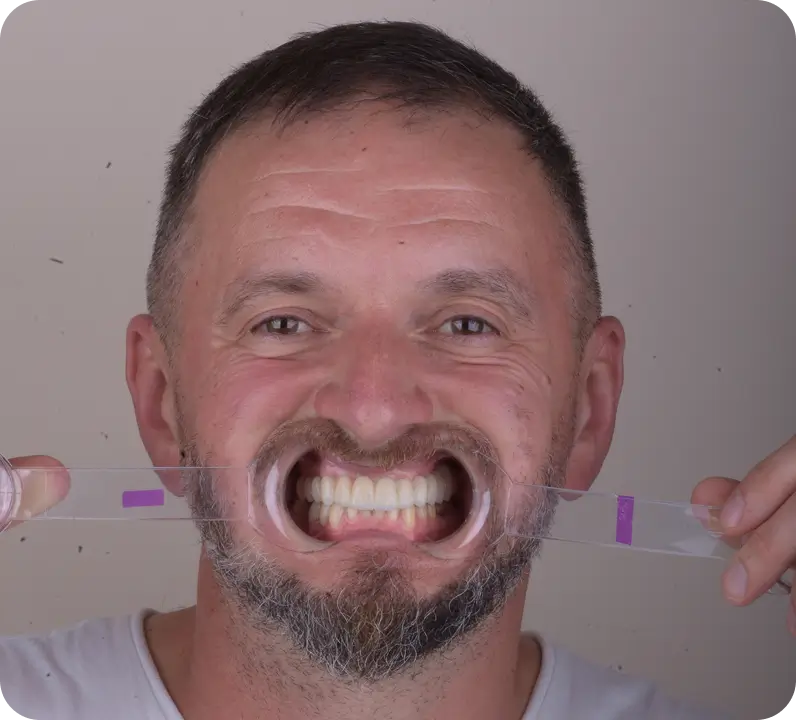
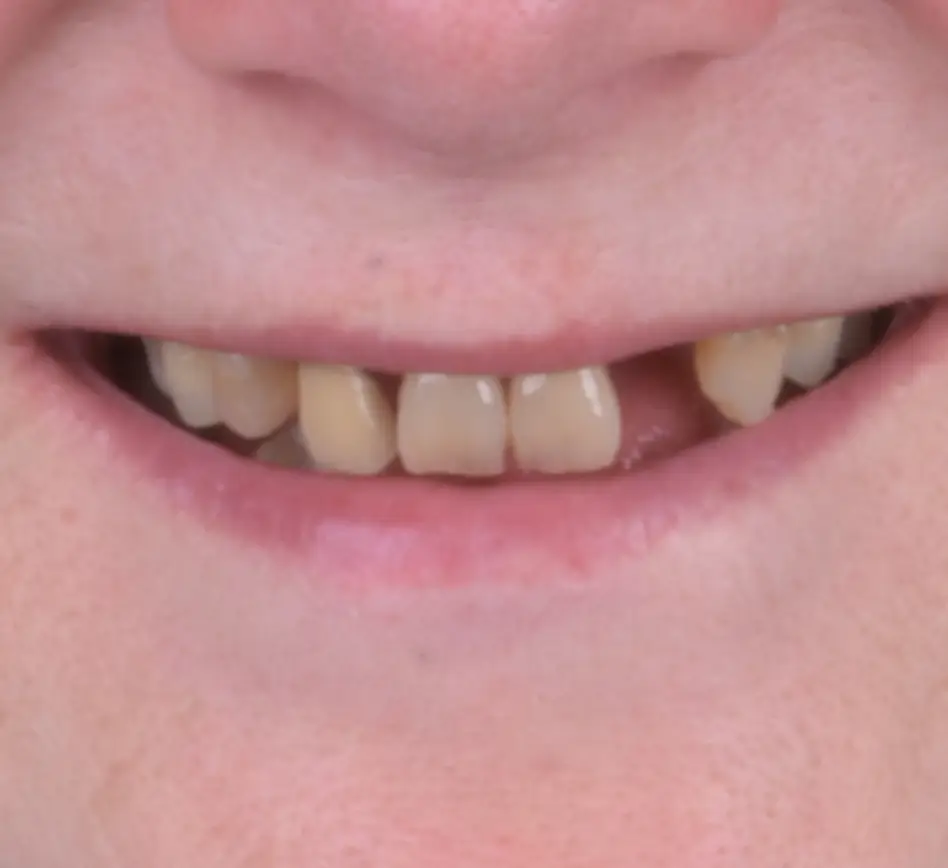


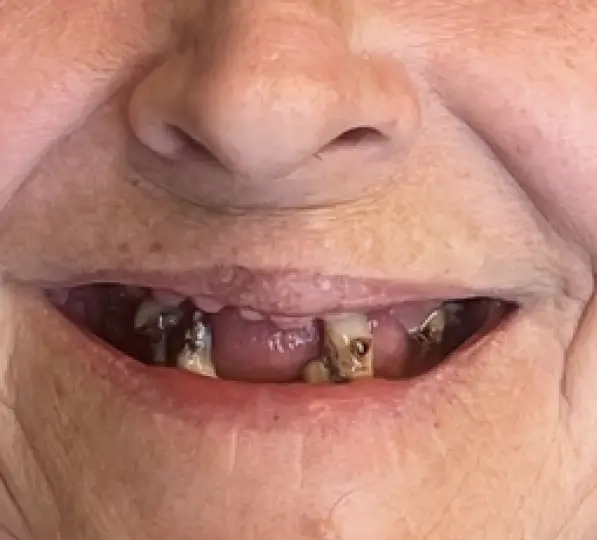
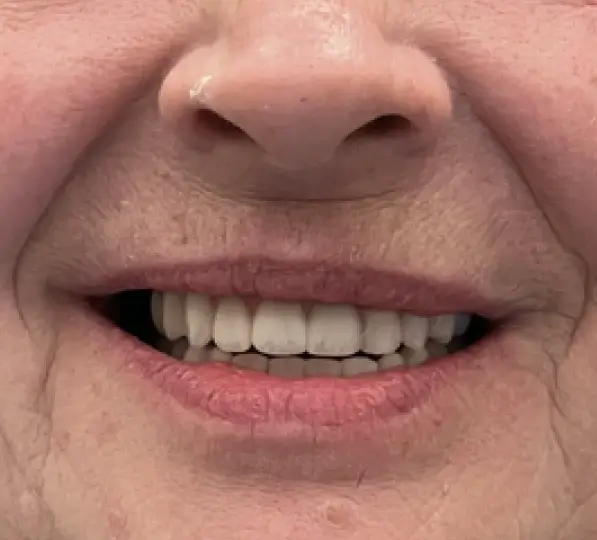

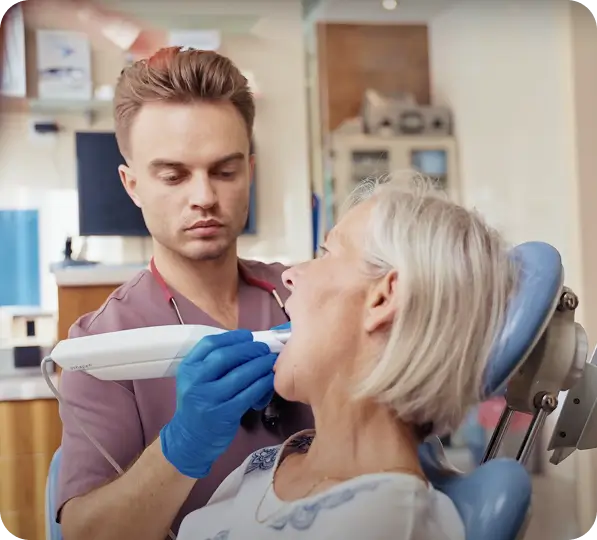




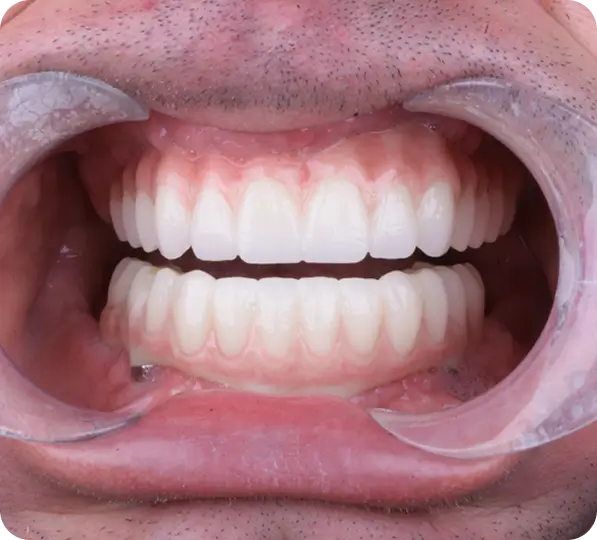

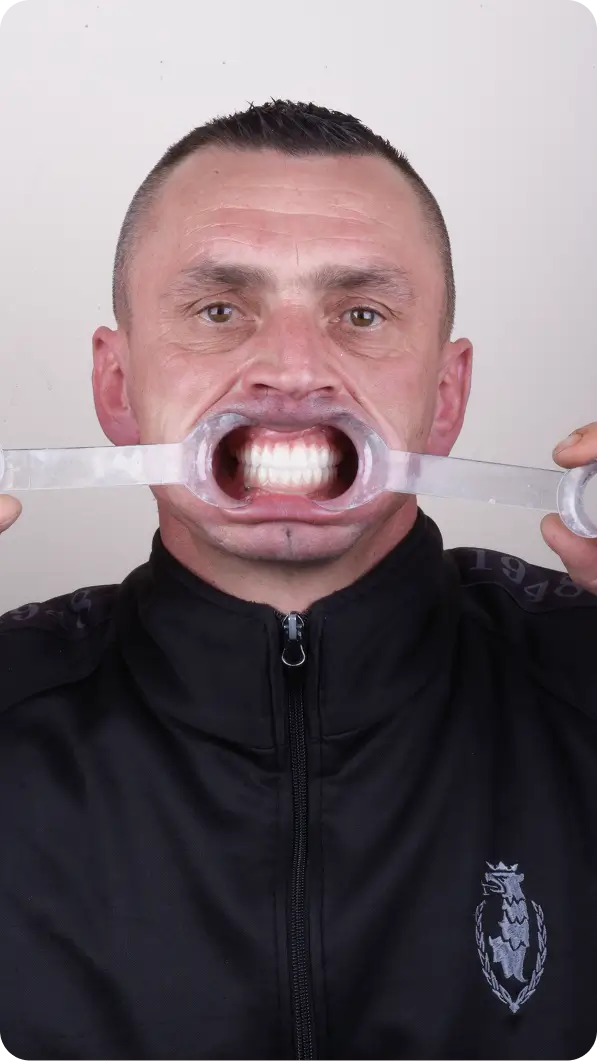
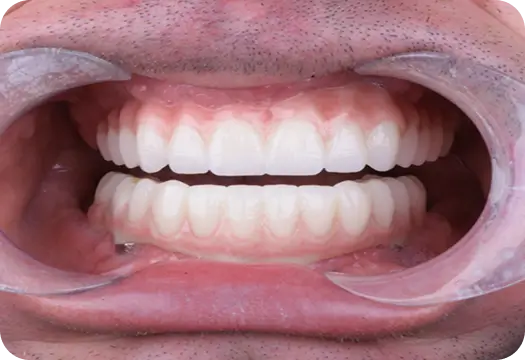

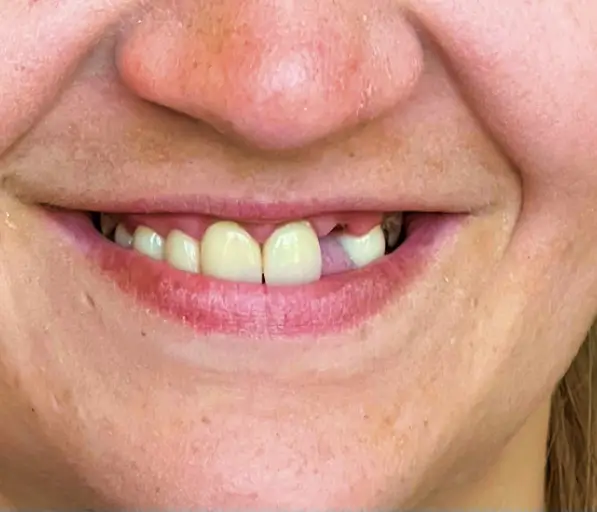
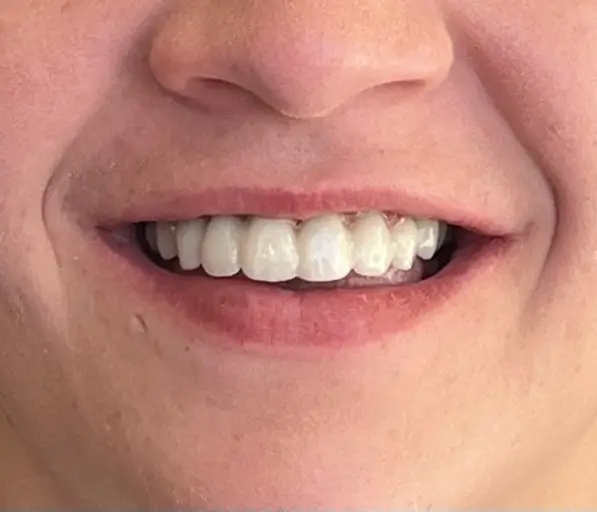
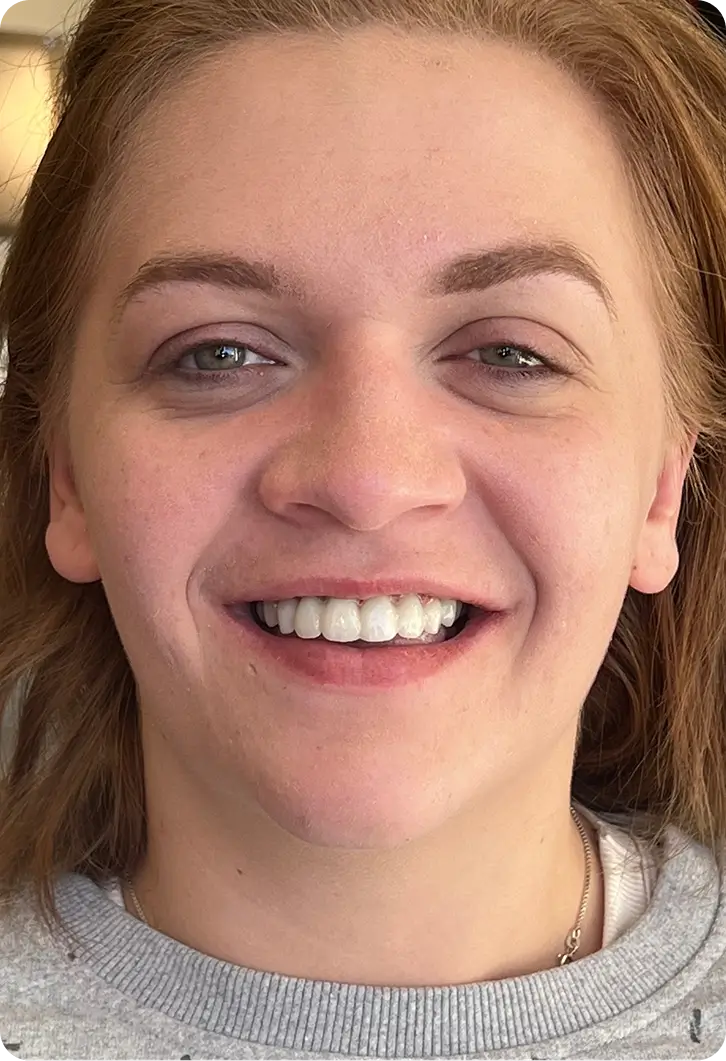










.jpg)



